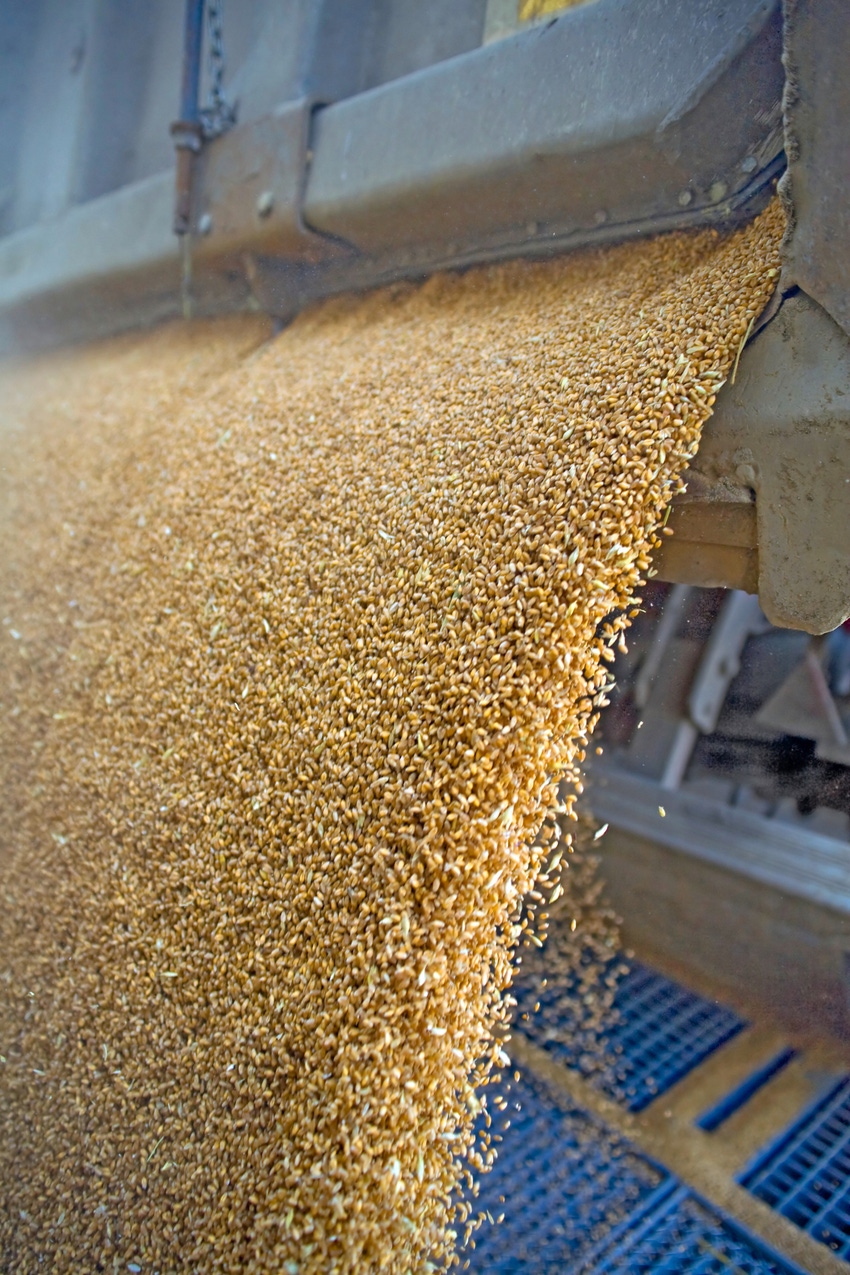Study examines energy and nutrient digestibility in wheat middlings and red dog fed to growing pigs.

From the early history of the commercial animal feed industry, feed ingredients were obtained from other grain processing industries such as flour milling and vegetable oil pressing. As these co-products became more popular, researchers developed standardized methodologies to evaluate their nutrient profiles so more precise feed rations could be formulated.
As new co-products become available — such as from ethanol production — as well as when other ingredients change in availability or processing methods change, the nutrient profiles of feed ingredients need to be re-evaluated and updated.
The University of Illinois has been active in this ingredient evaluation process in recent years, especially in the swine nutrition arena. A current project has been to determine the feed value of wheat middlings and red dog, two co-products of the wheat milling process that can be included in diets fed to pigs and other livestock.
Red dog consists mainly of the aleurone layer that lies between the bran and the endosperm, along with small particles of other parts of the kernel. Wheat middlings are granular particles of the wheat endosperm, bran, germ and aleurone layer.
"The aleurone layer, bran and germ contain most of the protein and fat in the wheat kernel. However, they also contain most of the fiber, which can make it harder for non-ruminant animals to digest the nutrients," University of Illinois department of animal sciences professor Hans Stein said.
Stein, along with Gloria Casas and Diego Rodriguez, conducted an experiment to determine the nutrient composition and digestibility of energy and nutrients in wheat middlings and red dog. They procured red dog from a supplier in Iowa and wheat middlings from 10 suppliers in Colorado, Iowa, Illinois, Kansas, Michigan, Minnesota, Ohio and Pennsylvania.
Stein and Casas previously reported on the protein digestibility of these wheat co-products.
The wheat middlings samples contained an average of 17.67% crude protein, 4.07% fat, 20.28% starch and 36.45% total fiber. Red dog, which contains more of the endosperm portion of the wheat kernel, was made up of 17.00% crude protein, 2.50% fat, 42.98% starch and 13.90% total fiber.
Stein's team fed the wheat co-products to growing pigs and measured their intake and output of energy and nutrients. The digestibility of energy, dry matter and organic matter was greater in red dog than in wheat middlings. Red dog contained 3,408 kcal/kg dry matter of digestible energy and 3,018 kcal/kg dry matter of metabolizable energy, compared with a mean of 2,990 kcal and 2,893 kcal/kg, respectively, for wheat middlings.
Stein noted that the sources of wheat middlings did not vary greatly in composition and digestibility of energy and nutrients and offered possible explanations for the greater digestibility of energy and nutrients in red dog. "The differences in concentration of starch and fiber are likely the main reason," Stein noted of the greater digestibility of energy and nutrients in red dog. However, he added that "it's also possible that the smaller particle size in red dog increased the digestibility of energy."
The paper, "Nutrient Composition & Digestibility of Energy & Nutrients in Wheat Middlings & Red Dog Fed to Growing Pigs," was published in the Journal of Animal Science. The National Pork Board provided funding for the study.
About the Author(s)
You May Also Like

.png?width=300&auto=webp&quality=80&disable=upscale)

